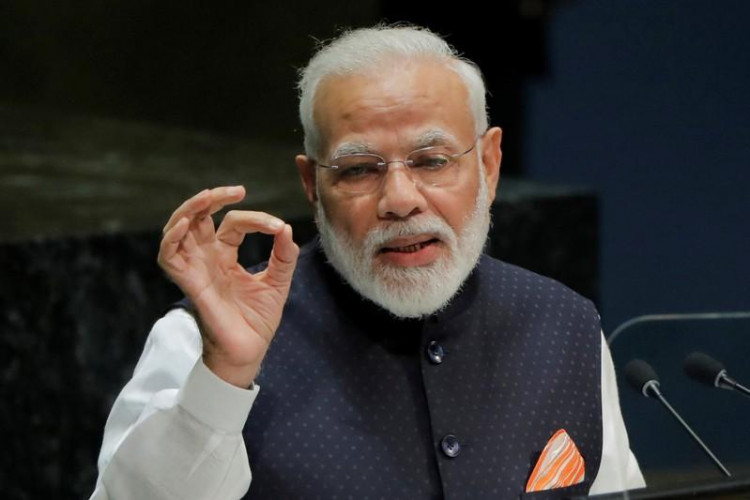On the evening of August 31, India's National Bureau of Statistics released the GDP data for the first quarter of the fiscal year 2024. The data revealed that from April to June, the real GDP, calculated at constant prices, grew by 7.8% year-on-year, marking the fastest growth in a year.
This data from Asia's third-largest economy was widely anticipated. Following a monetary policy meeting in early August, the Reserve Bank of India (RBI) had projected a growth of 7.8%. Earlier, economists from the State Bank of India (SBI) had predicted an 8.3% growth. Surveys from several Western institutions had estimates hovering around 7.7%.
Breaking down the numbers, the agricultural sector grew by 3.5%, up from 2.4% in the same period of the previous fiscal year. Financial, real estate, and professional services saw significant growth at 12.2%, up from 8.5% the previous year. However, the manufacturing sector slowed down, dropping from 6.1% to 4.7%.
Driving Factors Behind the Growth
A robust domestic demand, government capital investments, and a revival of private investments played a pivotal role in propelling India's economic growth. The latest figures show that from April to June, fixed capital formation grew by 8.0%, government expenditure declined by 0.7%, and private consumption increased by 6.0%, up from 2.8% in January to March.
Yet, despite maintaining the fastest growth rate among major economies, India hasn't escaped the global economic slowdown. The 7.8% growth rate from April to June, although the fastest in a year, is significantly lower than the 13.3% from the same period last year.
Foreign Direct Investment Takes a Hit
According to data from India's Department for Promotion of Industry and Internal Trade (DPIIT), foreign direct investment (FDI) in India plummeted by 34% from April to June, dropping from $16.59 billion in the same period of the previous fiscal year to $10.94 billion. Countries contributing to this decline included the U.S., UAE, Singapore, and Mauritius, spanning various sectors such as computer hardware and software, trade, automotive, and pharmaceuticals.
Inflation: The Elephant in the Room
Despite the impressive growth, economists are concerned about India's soaring inflation and the overall impact of unpredictable weather on economic growth.
Aditi Nayar, Chief Economist at ICRA (India Credit Rating Agency), cautiously noted that erratic rainfall and a potential slowdown in government capital expenditure as the general elections approach in May next year might dampen GDP growth in the latter half of the year. She predicts a GDP growth of 6% for the fiscal year 2024.
In July, India's Consumer Price Index (CPI) surged to 7.44%, a 15-month high, marking the first time this year it has exceeded the central bank's tolerance limit of 6%. Many economists believe that inflation will remain above 6% at least until October.
Global Implications
The international community should be wary. An India keen on defending domestic prices might export food inflation to the world. The International Food Policy Research Institute (IFPRI) suggests that this is especially likely for rice, sugar, and onions. Over the past decade, India has become the world's largest rice exporter, holding 40% of the global market share. It's also the second-largest exporter of sugar and onions.
The United Nations Food and Agriculture Organization's rice price index shows that rice prices rose by 2.8% in July, the highest since September 2011, primarily due to India's export ban. This has also amplified the "upward pressure" on rice prices in other regions. The organization warns that the bigger threat is that more countries might impose export restrictions, which would "undermine trust in the global trading system."






